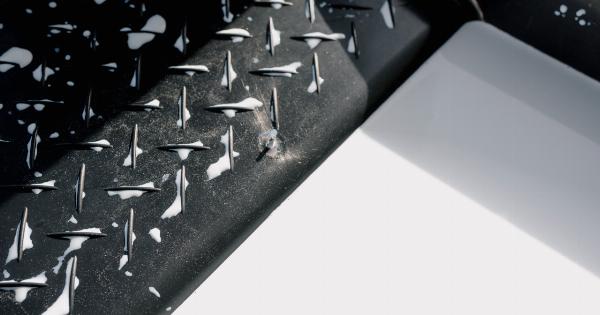Crawling is an exciting milestone for babies. It marks the beginning of their mobility and exploration of the world around them. However, every baby is different, and some may take longer to crawl than others.
If you are wondering how to get your baby to crawl, here are some tips you can try.
1. Provide plenty of tummy time
Tummy time helps to strengthen your baby’s neck, back, and arm muscles, which are crucial for crawling.
The American Academy of Pediatrics recommends that you start tummy time from day one and aim for at least 30 to 60 minutes a day by the time your baby is three months old.
2. Use toys as motivation
Placing toys just out of your baby’s reach can entice them to move around and reach for them. Use toys that make sounds or light up to catch your baby’s attention and encourage them to move toward them.
3. Encourage crawling on different surfaces
Babies learn from exploring their environment, which is why it’s essential to provide them with different surfaces to crawl on. Try placing your baby on a carpet, hardwood floor, or a soft mat.
This will help them develop balance, coordination, and confidence in their crawling ability.
4. Sit behind your baby and support their legs
Position yourself behind your baby and gently support their legs, encouraging them to push off with their knees, which can help them learn the motion of crawling.
5. Create an obstacle course
Design an obstacle course using pillows, cushions, and stuffed animals to motivate your baby to crawl around. Make sure that the obstacles are not too challenging for your baby so they can navigate the course with ease.
6. Use a crawling aid
There are crawling aids on the market that can help your baby learn how to crawl. These aids encourage babies to move their arms and legs in a crawling motion while also providing support for their bodies.
Remember to always supervise your baby when they are using any crawling aid.
7. Be patient
Remember, every baby develops differently, and some babies may take longer to crawl than others. Do not force your baby to crawl or compare their development to other babies. Encourage your baby, be patient, and celebrate their milestones along the way.
8. Avoid using walkers or jumpers
While walkers or jumpers may seem like a good way to help your baby learn how to move, they can actually hinder their natural development.
The American Academy of Pediatrics strongly discourages the use of walkers or jumpers because they can delay crawling, walking, and other milestones.
9. Allow your baby to explore
Give your baby plenty of time to explore and move around on their own. This will help them develop their own natural movements and may lead to crawling on their own.
10. Talk to your pediatrician
If you are concerned about your baby’s development, talk to your pediatrician. They can evaluate your baby’s progress and provide guidance on how to encourage crawling and other milestones.






























